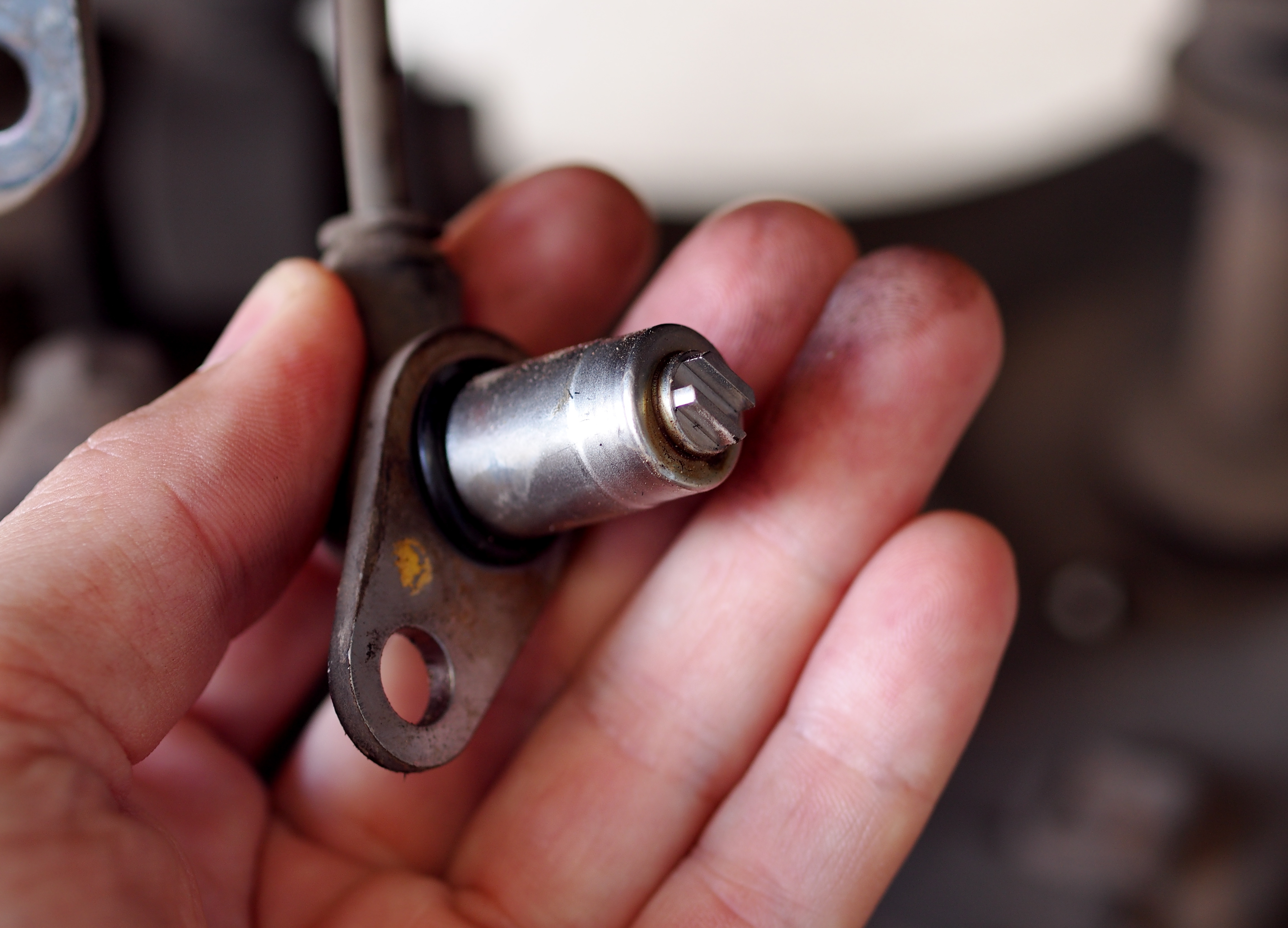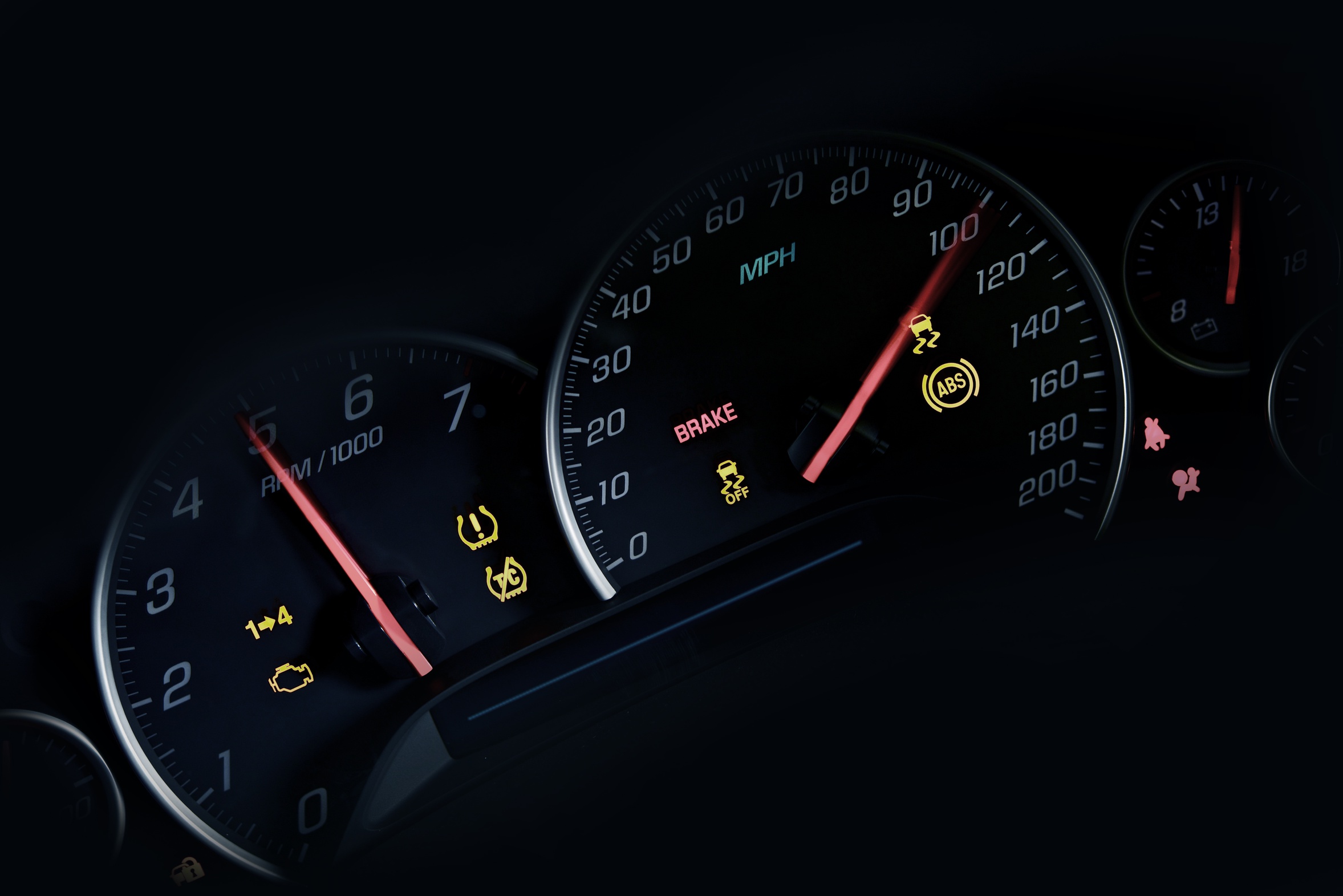ABS sensors – What is the ABS sensor for?
The ABS sensor – positioned on the constant-velocity joint or near the wheel hub – has the fundamental task of constantly updating the ABS control unit, reading the speed of each individual wheel through a cog wheel. The ABS sensor is the fundamental element in the braking system because, as it continuously communicates with the control unit, it significantly increases driving safety by stopping the vehicle in the quickest and safest way possible.
The ABS sensor transmits the tangential velocity – measured on the wheel – to the other systems. The electronic control unit processes this information (slipping or differences in velocity between wheels), activating the anti-blocking system on the brakes. If the ABS sensor detects a loss of traction on the wheels, the ABS system adjusts the pressure of the fluid in the individual cylinders and activates the pump that excludes the manual system and acts immediately on the brake.
Why to check the ABS sensor?
It is good practice, every 2 years, to check the electrical parts inside the braking system. The ABS braking system tends to deteriorate the most during the winter months, owing to the extreme weather conditions and the salt on the roads.
The main causes of replacement of ABS sensors may also be: damage from collision or accidental contact with the gravel found on the road, impact with the tone wheel owing to a bearing anomaly. If the sensor is broken, the entire ABS system is deactivated.

What are we offering?
With a coverage of 89% of the vehicles on the roads, Japanparts Group further extends its range of ABS sensors with more than 500 codes available for Asian, European and American vehicles, and add our range items that are usually difficult to find, such as cam shaft position sensors or crankshaft position sensors.
ABS sensors under the Japanparts, Ashika and Japko brands are guaranteed for 24 months, and offer a high-quality equivalent alternative to the original product, and are used in ABS, ASR and GPS systems. They are made with special plastic materials and have high quality electro-technical and electro-mechanical properties, which guarantee a high level of resistance. The sensors and connecting cables are capable of resisting extreme temperatures between -40 °C and +125 °C.
Click and download the ABS Sensor Catalog: http://www.japanpartsgroup.com/splash/page
The ABS braking system
What is the ABS braking system for?
When, in a dangerous situation, the driver brakes hard on the brake pedal, the wheels get stuck and skid over the road surface. This has the following results:
– A loss of directional control, with the vehicle swerving. – A lack of control of the vehicle. – An increase in the space required to stop. – Deformation of the tyres. – An increase in accidents.
When the brake pedal is pushed all the way down, the ABS system adjusts the pressure on the individual cylinders, in relation to the acceleration or deceleration of the wheels.
What are the advantages of an ABS system?
ABS stops the wheels from locking during the braking phase, therefore:
– Directional stability is maintained – The vehicle’s manoeuvrability is ensured.
– There is a reduction in braking distance. – The tyres are not damaged. 





